How To Create Stunning Images To Share On Social Media
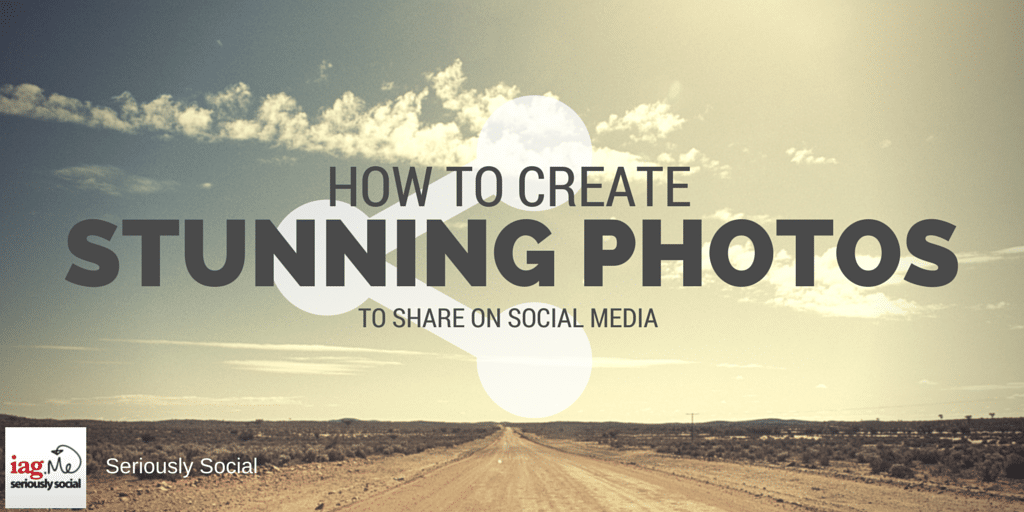
A Seriously Social Community Article by Hitesh Sahni
The web is becoming more visual day by day. With well-established websites like Twitter and Facebook supporting images in status updates and growing websites like Instagram, Google+ and Pinterest placing huge emphasis on great imagery, sharing attractive images is a must to boost your presence online.
Memes, infographics and images with quotes are the new trend. They grab people’s attention and prompt them to share with their friends.
While it’s quick and easy to just take any image and use in your digital efforts, it can be equally dangerous if you end up violating a law or an etiquette. It’s also worthwhile to learn how to create attractive images and what the best sizes are for various media.
Sharing images right and well can do wonders to promote your small business online. So let’s get started with some basics which can save you from getting banned or blacklisted.
How Not To Share Images Online
Most of the people sharing images online are doing it wrong. No matter what you see other people doing online, if an image is on the internet, it’s not necessarily free to share it. Sharing images without regard to copyright or attribution can damage your business’ image and prosecute you in the court of law.
You cannot use, copy or post someone else’s photos without their permission. Even before you link back to give them credit, check first and get permission. You may think it won’t matter if you make several modifications to the image in question and make it look completely different from what is originally was, but derivative works are still protected by copyright.
Another myth many people have is that they can use an image as long as they are not profiting from it. This too is a breach of copyright.
Violating a copyright is not only bad for reputation, it can also get your social media account deleted without notice. Even if one copyright owner files a complaint, you can say goodbye to your Google+, Twitter, or Facebook accounts forever. Repeated violations can even get you blacklisted by search engines.
So if you ever want to grab that great image from a website, look for the owner’s policy about the use of images. If you can’t find one, contact and ask permission. Not only is this the right thing to do, but can also start genuine friendships and long-term benefits.
If you don’t want to go through this process, the other way to share stunning photos is to use free images not protected by any legal elements.
Best Places To Find Free Photos
The web is filled with a good number of websites to quickly and effectively find free photos. Below I share some of the best sources and ways to find free images for sharing online.
Google Advanced Image Search
Let me make it very clear. Images you typically find in Google image search are not free to use. But you can use Google image search to find images free to use and share. All you need to do is change a search setting.
After you’ve searched something in Google image search and you’re on the results page, click on “Search Tools > Usage Rights > Labeled for reuse with modification”. You will then see images which you can save, modify and use for your website and social media posts.
Pexels · Free High Quality Stock Photos
Pexels allows you to search many free photo websites in one place. This is the first place I go to when I want to find an image to go with my post because it can save a lot of time which I’d have otherwise spent on searching the other websites one by one.
Other Sources Of Photos With No Legal Restrictions
These websites provide 100% free photos to use and share with no image restrictions – PicJumbo, Gratisography, Pixabay, Unsplash, Little Visuals, New Old Stock, and Death to the Stock Photo.
Once you pick a photo you want to use, its time for some editing. Let’s take a look at the best tools to edit them.
Best Tools To Create & Share Stunning Photos
This area used to be a big pain for me. But not anymore. Creating catchy photos isn’t hard if you have the right tools and a bit of creativity. Great visual content hooks your visitors and draws them into reading your content. And below I share the best tools to do so.
Snappa
Launched last year and touted by many as the Canva killer, this is my favorite tool for creating stunning images quickly. I use it for most of the images that I create for my blog posts and social media ads.
When I was hooked to Canva, I thought it’s perfect I’d never use anything else. It was only when I experienced the easiness of Snappa that I realized Canva’s pitfalls.
I get everything I need – many marketer-centric templates to choose from, different fonts, and the ability to add a logo or icon – in a neat interface. Although I am billed $10 a month, it’s still a small price to pay for the ability to create attractive photos in no time.
Canva
Although Snappa is growing fast, Canva is still the dominant player in this space. It was the only tool of its kind when it launched and it revolutionaized graphic design for non-designers by making it quick and easy.
With a free online application full of professional grade templates, it is still going strong. It supports many options based on whether you want to create a social media image, a podcast cover, a presentation, a social media covers or anything else.
Once you select a size, you’re taken to the editor. Here you can add color effects, text, crop, and many other things to your liking. All the features are free, as are the many stock images in their large database.
PicMonkey
PicMonkey is another tool which is free to use, and has a good number of templates and features.
But just knowing the tools isn’t enough. It’s also important to understand what size is appropriate for a social media platform you’re going to use.
Size Does Matter
An image size which looks good on Facebook may not work so well with Twitter, and what works for Twitter will not work on Pinterest. And then there are other websites such as Google Plus, Instagram and so on. It’s a complicated world out there when it comes to image sizes for social media websites.
But the good news is that Dustin Stout has already done the hard work of research and experimentation to remove the confusion.
To make it as simple as possible, there are three most important sizes that you need to share stunning photos. These 3 sizes can take care of a majority of social media websites. Here are the sizes and the social media networks on which they’ll look good.
1280 X 720 (Landscape) – Google+, Twitter, Facebook, LinkedIn
This size refers to the perfect HD quality 16:9 aspect ratio, and is efficient because it covers most of social media websites. This size goes “full stream” in Google+, gaining you more exposure because it can’t be missed. It also appears full width in Facebook and LinkedIn. On Twitter however, the top and bottom will be cropped out. So make sure the text or any important elements are close to center of the image.
800 X 800 (Square) – Instagram, Google+, Facebook
The primary reason for this square size is Instagram. And 800 because higher quality images please the eyes and grab more attention. It’s always better to create something larger and scale down when needed instead of losing visual quality when scaling up a small image.
735 X 1102 (Portrait) – Pinterest, Google+
This tall size works especially well with Pinterest. You cover more space in the Pinterest stream, making your image hard to miss.
On a final note, I have tried to give you everything you need – legal knowledge, free images, and the tools to edit photos – but the only I thing I can’t give you is an eye for good design and the skill to create catchy photos. That you’ll have to develop on your own.
We want to create awesome images that get shared and clicked, but most of us aren’t designers. But the good news is we don’t need to be. These basic design principles by Dustin Stout will help you shorten the learning curve and create great photos.
So there you go. I have covered everything related to sharing images online that I could think of. Rest is up to how much time and energy you’re willing to spend to master this skillset. Have fun, and as always, keep reading for more on boosting your small business online.
About The Author
Hitesh Sahni is a digital marketing consultant, growth hacker and copywriter empowering startups and small businesses with services (social media management, SEO, PPC advertising and more) to boost their brand, generate leads and grow sales.

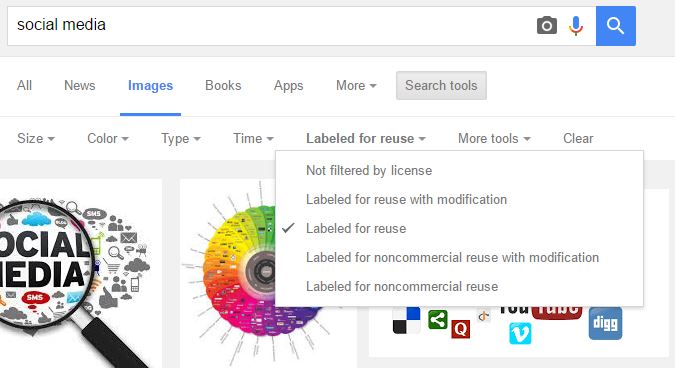
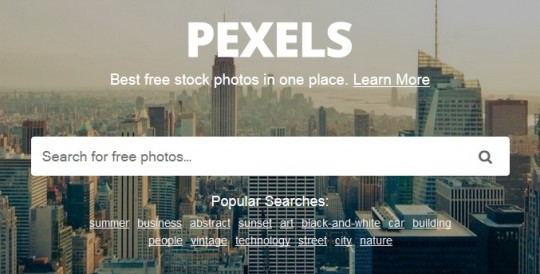
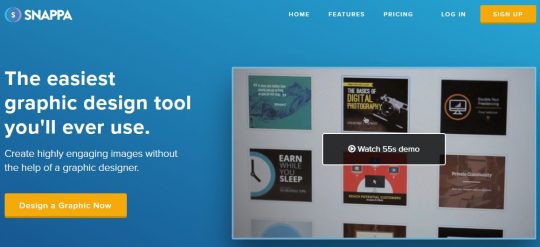
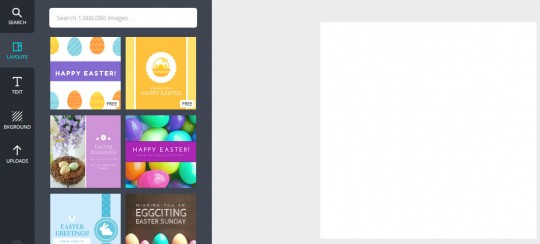
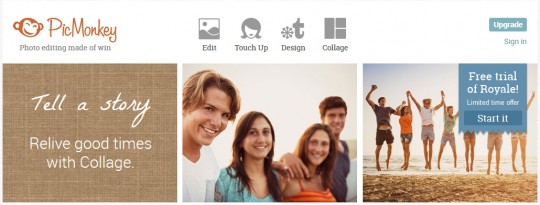


Comments